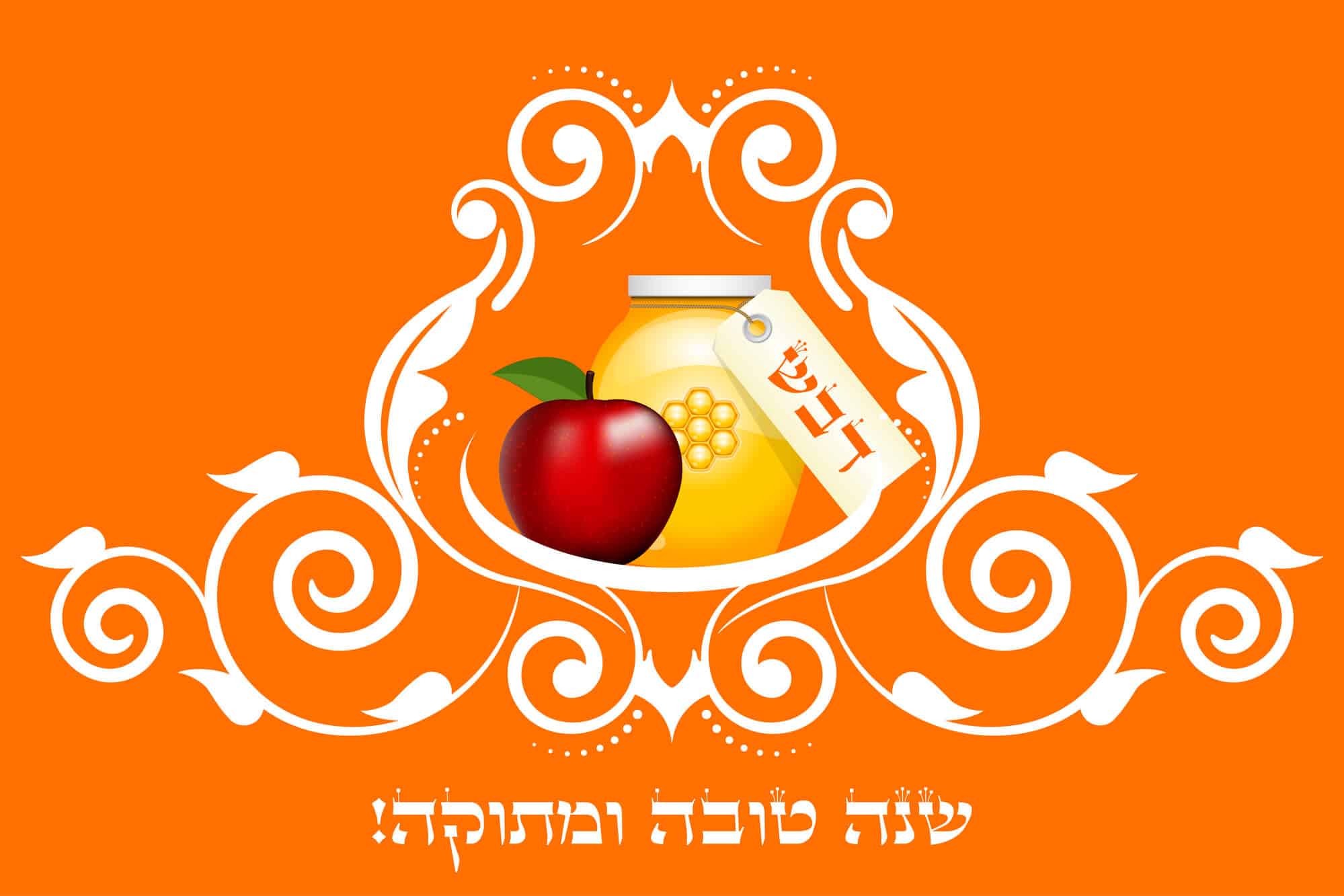In preparation for Rosh Hashanah, Dr. Zuriel Rashi, from the School of Communication at Bar-Ilan University, tells how the "Shanah Tova" letters reflected the events of the Jewish people throughout history.

The custom of sending Happy New Year greeting cards began in the 14th century in Germany on simple letter paper, when the Ashkenazi rabbis ruled that during the month of Elul, a person should wish his friend a Happy New Year. In the following years, the letters helped maintain a permanent connection between communities of Jews in the dynamic reality of a people scattered throughout Europe. The design of the Happy New Year letters was perfected and became festive in the 19th century when the printing industry developed, and along with it the development of the mail and the regular commercial postcard and the delivery of special postcards for the New Year began.
The letters flourished especially during the period of immigration to the United States at the end of the 19th century and the beginning of the XNUMXth century when they were sent to and from Europe by the new immigrants, who sent paintings and photographs of their new home, and what stood out in them - as in Europe - was the preservation of the affinity to the Jewish holidays, the various traditions and the connection with the Land of Israel.
Also in the Land of Israel, initially under the Turkish rule and later under the British mandate, it was customary to send new year's fees. The members of the Zionist movement, despite many characteristics of secularism and renunciation of religion, not only did not lead to the neglect of this tradition, they also intensified its circulation and expanded its meaning, and merged religious connections and symbols with distinct Zionist symbols. Thus, national messages were added in the form of a "new Jew" who defends his land with the power of the sword with a Zionist ethos in the land of pioneers, settlement and security, alongside the sights of the Holy Land, figures of righteous people and biblical visions accompanied by words of blessing for the new year. It was also a common way to influence the hearts of potential donors and benefactors, to whom the blessings were sent near Rosh Hashanah Eve.
With the establishment of the state, the number of subjects covered by the drawings and photographs on the Hashanah Tova bills expanded and the figure of the saber - the pioneer with a dumb hat and the figure of the Jewish soldier - was added, along with the traditional images that appear on the cards and are related to the customs of the holiday such as the four species and the blowing of the shofar, to the Zionist vision: grain, tools for tilling the soil, Oranges and other fruits and symbols of the fertility of the land, and also pictures from the Land of Israel: the Western Wall, the walls of Jerusalem, the Sea of Galilee and the canopy of Tel Aviv.
The IDF was of course the main motif of the Hashana Tova coins after the Six Day War when the pride, the euphoria following the victory and its own patriotism in the Kippa. Among the prominent motifs were of course the liberation of Jerusalem. The Yom Kippur War was a painful disillusionment. The social change that began in 1973, with the trauma of the Yom Kippur War, was also adequately expressed in the New Year's letters, some of which became cynical and political.
From the mid-seventies following the introduction of the home telephone to many homes in Israel, the use of greeting cards decreased until it finally ended at the beginning of the current millennium with the introduction of the Internet and the cell phone. Private production was already disappearing in the late XNUMXs, and only the Postal Authority continued to produce in the XNUMXs a series of Happy New Year greetings for the holiday that were intended mainly for institutions and businesses and were characterized by a smiling and nostalgic line without the religious and national fervor that had characterized them all these years.
More of the topic in Hayadan:
